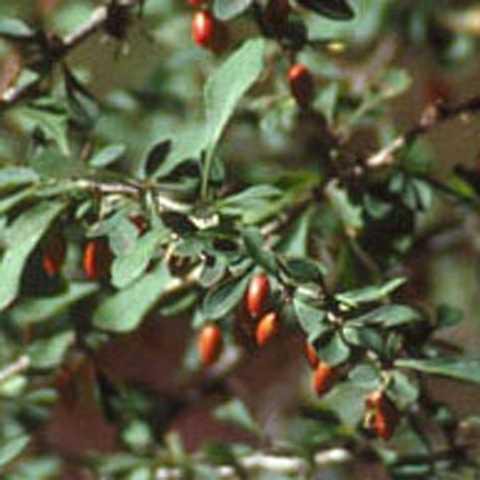The Lyme disease support group meeting for April will be held from 6:30-8 p.m. April 25 in the Hillsboro Public Library meeting room, 819 High Ave.
Those afflicted with a tick borne illness such as Lyme disease, or those seeking to increase understanding of tick borne illness, its prevention, and its treatment, are welcome to attend.
Japanese barberry plants are Lyme disease habitat
The Japanese Barberry plant grows easily in any setting, domestic or wild. The barberry is dense and thorny. This means it’s not normally favored by the animals that browse woody plants. But this bush’s density provides a seasonable habitat favored by humidity loving deer ticks.
How good of a home is the Japanese barberry for deer ticks? Studies of Wisconsin deer tick densities have found that forests lacking barberry have about 10 ticks per acre; barberry infested forests have 120 ticks per acre.
Why do deer ticks thrive in barberry bushes? Their umbrella-like shape retains moisture within its confines. This makes for a humid zone. The deer tick can be active about two-thirds of a day in above freezing temperatures when the soil is not frozen or snow covered. Most deer tick habitats lack needed humidity for 1/3 of a day. That’s when the deer tick crawls off most plants. It must seek a moist shelter on or in the soil to stay alive when most plants loose their dew. However, the barberry provides what most other plants cannot: A humid habitat from which to be active 23-24 hours a day.
At ground level, under the barberry’s shelter, small nesting rodents also find refuge. Tick-bitten rodents (and other small creatures) serve as reservoirs for the one or more tick borne bacteria or amoebas which can pass from an infected deer tick into its hosts blood. The next deer tick, feeding on an infected rodent, may then ingest the infectious agent(s). And so this cycle goes on and on. But deer ticks and tick borne disease do not remain confined under the barberry.
The Japanese barberry’s bright red berries add their color to Wisconsin autumns. But its cozy environs incidentally serve as a powerful habitat for the tick borne disease cycle that harms far too many human lives in our region.
For more information, email garycepek@yahoo.com, call 608-489-2725 (ask for Gary), or write: Gary Cepek, S1468 Cepek Rd., Elroy, Wis. 53929.




